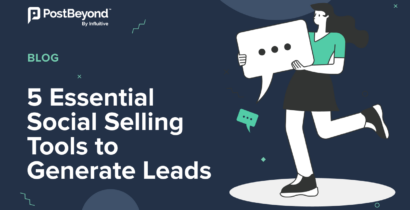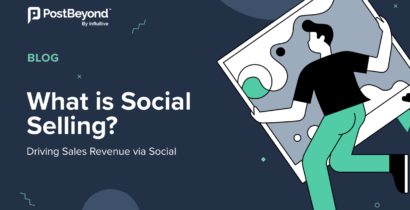The modern B2B Sales cycle and buyer have changed. What used to be a somewhat linear journey of nurturing and educating prospects has now become self-directed by the buyer.
B2B buyers are now the ones in the driving seat. They are on a hunt of finding solutions to most problems online.
But with the recent shift in power, the challenges faced by modern salespeople are very different. Lets first take a look at the new buying environment.
According to a recent HBR article, the buying process no longer follows the traditional AIDA (Awareness to Interest to Desire to Action) model, but rather has become an ongoing cycle made up of parallel streams. The four streams are:
- Explore – buyers see “a need or opportunity and begin looking for ways to address it”
- Evaluate – buyers analyze the options they discovered in the “explore” process
- Engage – buyers contact vendors to move forward in the purchasing decision
- Experience – buyers use the service/product and assess its value
Up to 80% of buying process now takes place before the first direct interaction with the company, the HBR article notes, adding that the salesperson becomes only one touchpoint into the company.
So with lack of access to prospects, how can the salesperson add value to this journey?
The answer is by adding social media and content in the mix. Consider these stats:
- More than three-quarters (82%) of the B2B buyers said the winning vendor’s social content had a significant impact on their buying decision.
- A LinkedIn survey found that B2B buyers are five times more likely to engage with a sales rep who provides new insights about their business or industry.
- Another survey showed that 72% of the B2B salespeople who use social media report that they outperformed their sales peers, and more than half of them indicated they closed deals as a direct result of social media.
Social Selling 2.0
A salesperson can use social media platforms to research a prospect and network by sharing content and engaging in conversations, this helps them build relationships until the prospects are ready to buy. This is different from social media marketing where a brand engages with the prospect or customer directly to increase overall brand awareness.
Social selling itself isn’t new – it’s been the preferred way for salespeople to reach a wider network for the last few years. But the challenge with implementing social selling usually comes down to the fact that it isn’t a company-wide initiative. Some reps will be very active on social media, some might not buy into it. What we’ve noticed is that most of the time, there’s no streamlined approach to social selling.
But if you provide your reps with pre-approved content to share on social media, they’re more likely to make social selling part of their daily workflow. In fact, a centralized content library is your sales team’s biggest asset.
With this approach, a salesperson can play a role earlier in the sales cycle and creates an opportunity collaborate with marketing on content and demand generation. One of our customers within the Information Technology industry solved this problem by deploying an employee advocacy program which enabled their sales team to access and share content for all stages of the buyer journey. Read more about how they scaled their employee advocacy program here.
Has your company implemented a social selling strategy? What were some of the barriers to success? Share with me in the comments.




